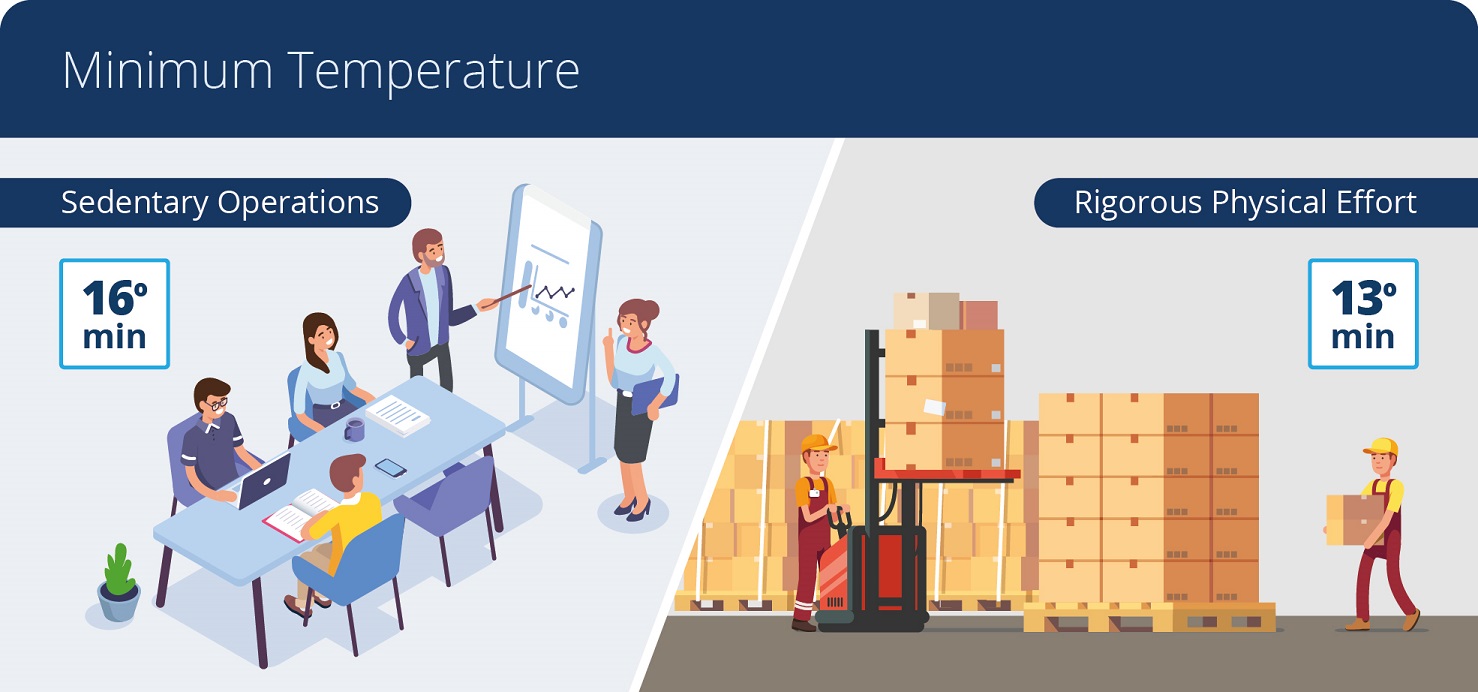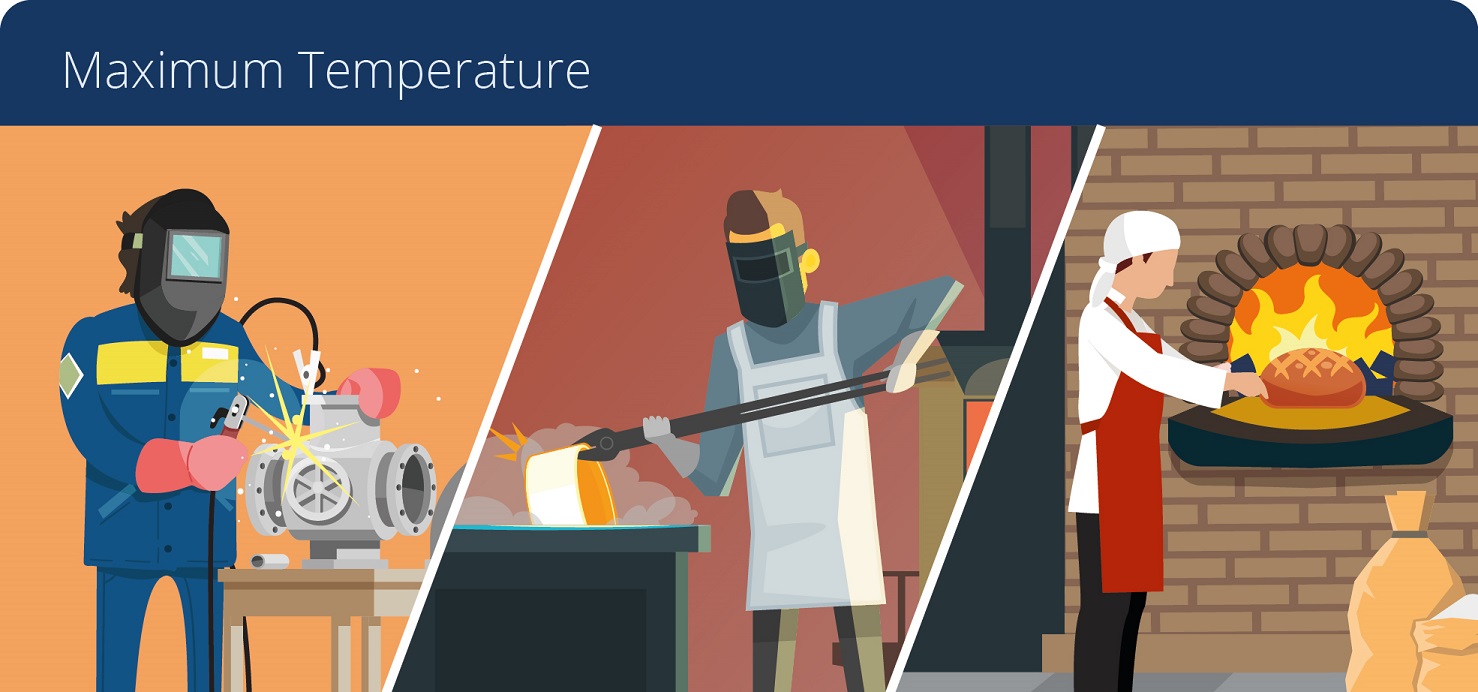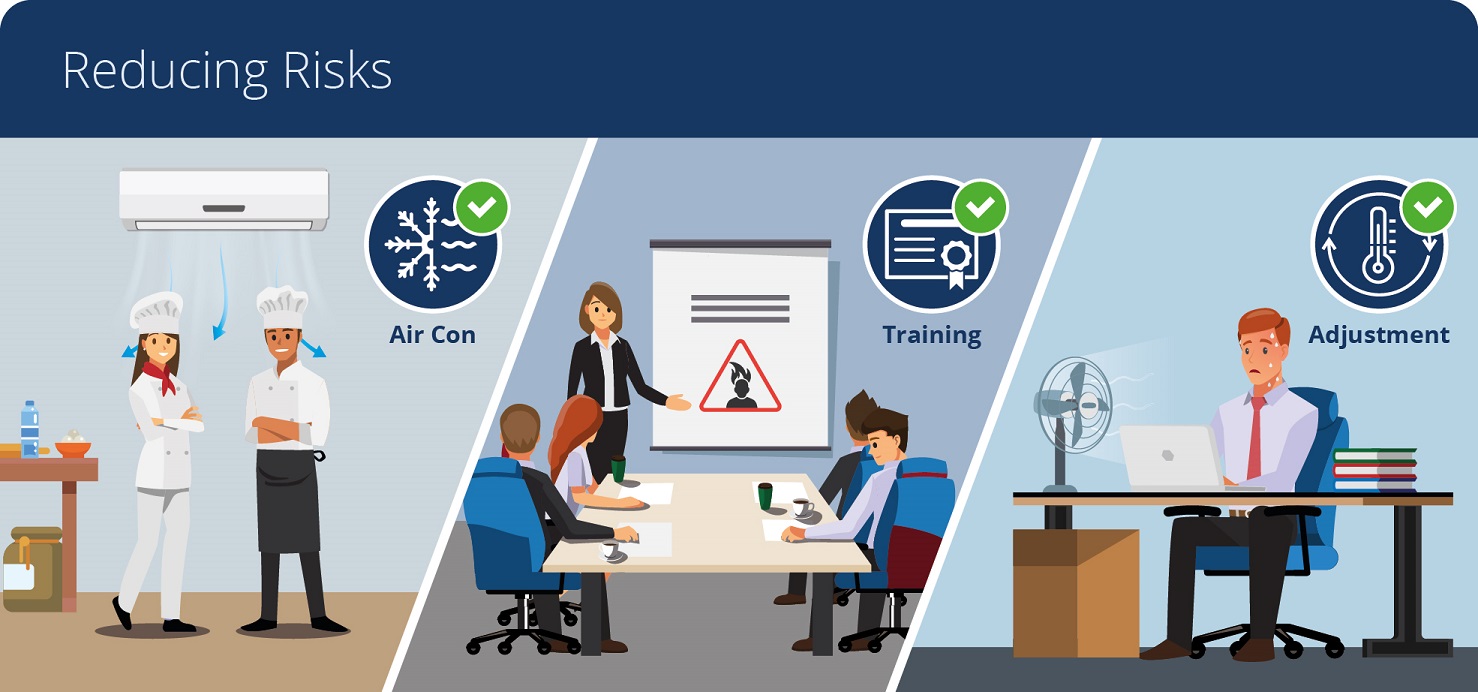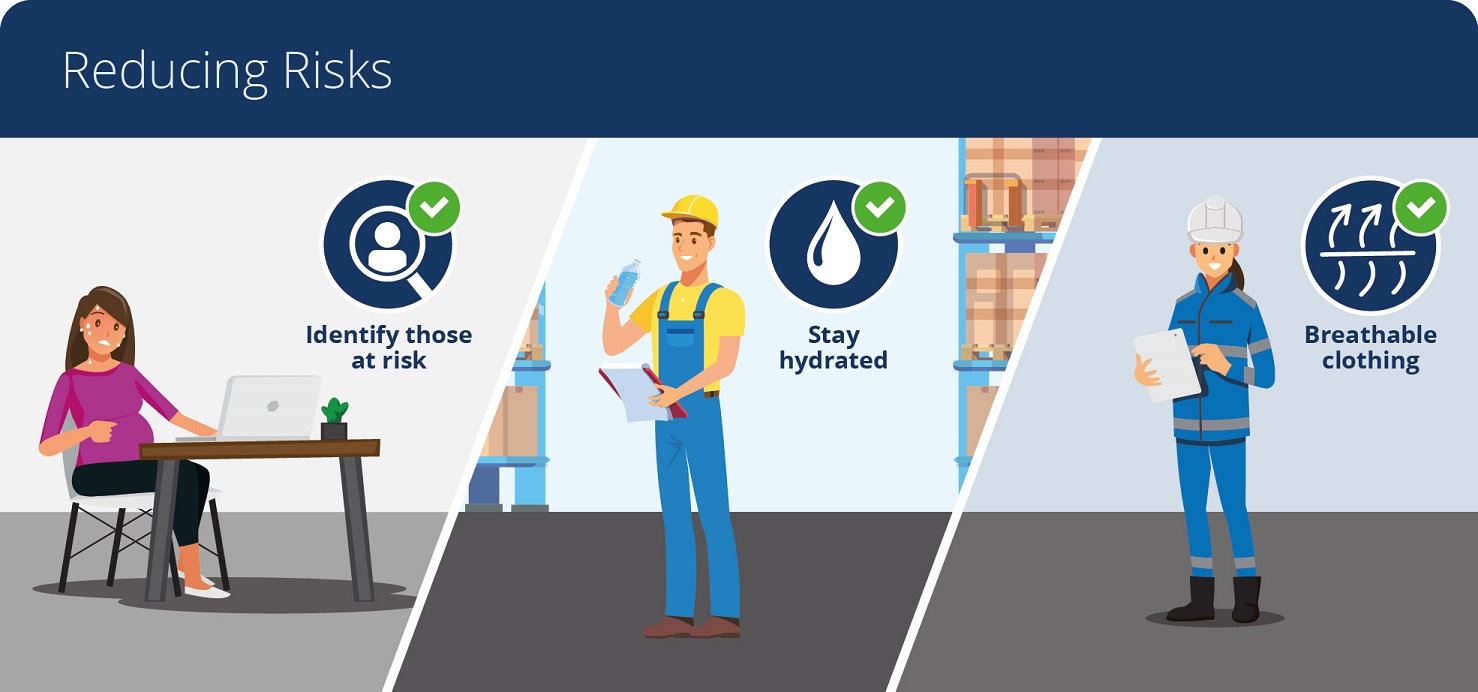The Rules Around Temperature In The Workplace
Reading Time: 5 minutes
Employment law covers a wide range of subjects, factors and caveats across every single industry, market and sector. It is imperative that employers adhere to each and every regulation related to their industry – failure to do so can lead to hefty fines and prosecution. Maintaining an appropriate temperature in a workplace is one of many responsibilities that employers have, but it might not be the first thing that springs to mind when considering workplace laws and regulations. Here, the team at Airway will run through what you need to know about workplace temperature law.
Minimum Temperature

According to the Approved Code of Practice, the recommended minimum temperature for a workplace is 16 degrees°c. This temperature applies to working environments with more sedentary operations – desk work, retail jobs, etc. However, for workplaces were ‘rigorous physical effort’ is involved – warehouses, for example – the recommended minimum temperature is 13 degrees°c. While these temperatures are not legally enforced, it is the responsibility of the employer to determine what temperature is suitable for ‘reasonable comfort’ in their workplace.
Maximum Temperature

Due to the differing natures of various workplaces, a limit for the maximum temperature has not been established. Environments like metal or glass works experience abnormally high temperatures every day due to the nature of their work, which means they would not be able to adhere to the same maximum temperature ruling as an office, for example. Maximum temperature is a more complex subject than minimum temperature due to factors like humidity and radiant temperature and their presence in warmer climates.
Additional regulations
As well as the Workplace Regulations, there’s also the Management of Health and Safety at Work Regulations 1999 that need to be consulted and followed by employers. Said regulations require all employers to assess all risks to the health and safety risks to their employees. If necessary and possible, action should be taken to either remove or reduce those risks.
Heat Stress

If your workplace’s temperature is above the maximum recommended level, those within your workplace may suffer the effects of such temperatures over time. Heat stress, as the name suggests, is a problem that can be common in environments like bakeries, foundries, power plants and other places where heat is a necessary factor or byproduct of the workplace. Heat stress can lead to concentration problems, severe thirst, heat rash and even exhaustion or heat stroke – it’s crucial that your air conditioning system is working to maintain an optimum temperature to minimise the risk of the aforementioned issues.
Reducing Risks

Air conditioning
There’s only one way to truly manage the temperature within your workplace – air conditioning. Advancements in technology mean that air conditioning units are now extremely efficient and very effective in all manner of environments. Installing an air conditioning system that allows you to maintain and adjust the temperature within your premises can save you a lot of hassle and ensure that you can keep a comfortable climate for staff and visitors.
There are so many systems available for different working environments that it’s impossible to not find one that works for you. Airway Air Conditioning work with the world’s leading manufacturers, offering air conditioning units for commercial environments of all types, from factories to laboratories. VRV and VRF air conditioning are two particularly useful models, using a single outdoor unit to power an air conditioning system that cools large spaces with excellent efficiency.
Training
There are a number of things you can do to help reduce the risk of things like heat stress. As well as the obvious method of maintaining a cooler temperature, there are steps you can take that require minimal effort and expense but can prevent staff falling victim to the risks of excessive heat.
Ensure that your staff are fully knowledgeable about the risks of heat stress, what the symptoms are and what to do should they notice any of the symptoms in themselves or others, including emergency procedures.
Adjustment
Allow your staff to get used to the temperatures of their environment, and make sure to check who is and is not fit to work in such conditions.
Reducing Risks

Identify those at risk
If you know that certain staff members have existing conditions that may render them more susceptible to heat stress, such as heart issues, medication or pregnancy. It’s important that you highlight this and bring it up with them so you can work out what measures to take.
Hydration
One of the key defences against heat stress is hydration. Make sure staff have access to clean drinking water at all times – water coolers or a kitchen area where they can grab a glass of water will help them stay refreshed in the heat.
Protective equipment
Various pieces of protective equipment are available for those who work in warmer temperatures, such as breathable clothing and cooling equipment.
Keeping your premises and the staff within it at a comfortable temperature is your duty as an employer. Being comfortable at work will have a positive effect on productivity, and the consequences of poorly managed temperatures can be serious.
Airway Air Conditioning are experts in the design, installation, maintenance and repair of commercial, industrial and domestic air conditioning units. For more information about what we do, please get in touch with us today.
